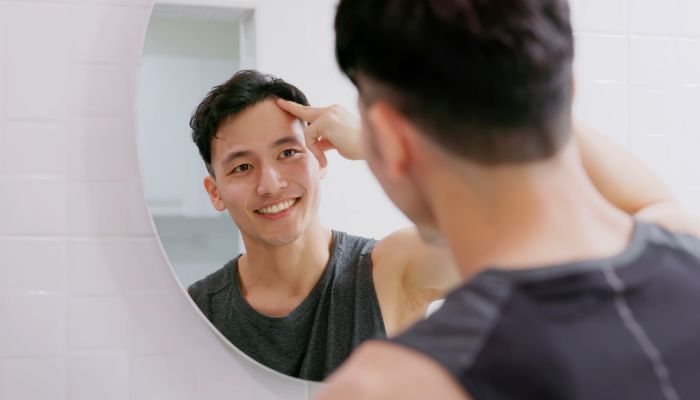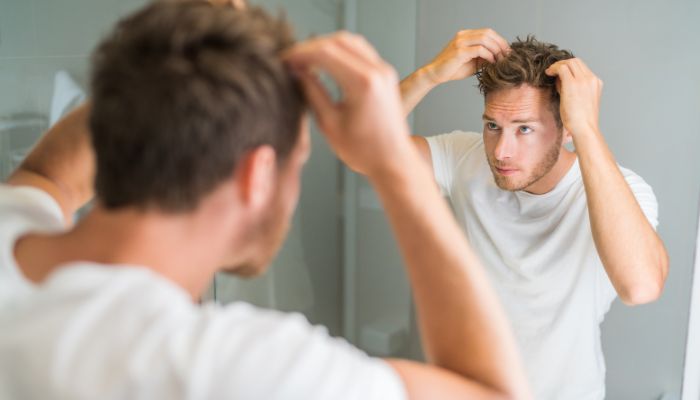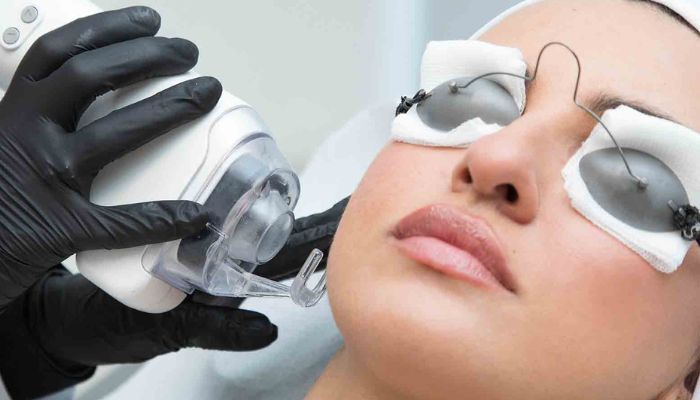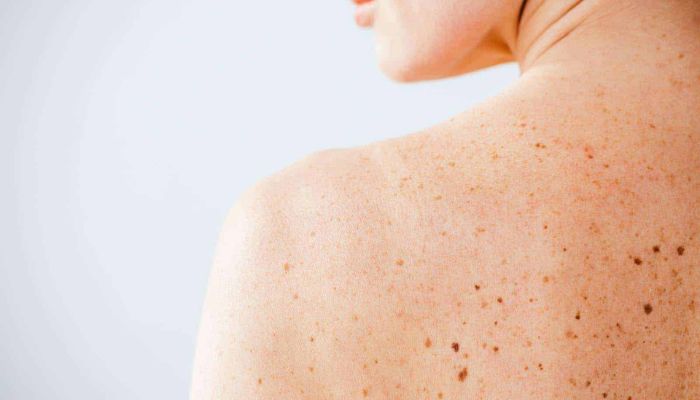Welcome to the ultimate guide for optimizing your recovery after an ARTAS Robotic Hair Transplant procedure. Embarking on the journey to restore your hair can be an exciting decision, and ensuring a smooth recovery is crucial for achieving optimal results. In this comprehensive blog post, we’ll explore proven strategies and essential tips to facilitate a swift and effective healing process post-surgery. Whether you’ve just undergone the procedure or are planning for it, these insights will empower you to navigate your recovery phase with confidence, comfort, and the best chances for successful hair restoration.
Table of Contents
Understanding the ARTAS Robotic Hair Restoration Process
ARTAS robotic hair transplant is an innovative procedure revolutionizing hair restoration. It utilizes advanced robotic technology to perform precise follicular unit extraction (FUE). The process begins with a digital map of the patient’s scalp, guiding the robotic arm to identify and harvest individual healthy hair follicles from the donor area. The robot’s high-resolution imaging and AI algorithms meticulously select and extract follicular units, maintaining their integrity for transplantation. This minimally invasive technique avoids linear scarring and ensures quicker healing compared to traditional methods. Once harvested, the grafts are carefully transplanted into the recipient areas, creating a natural-looking hairline. The ARTAS system’s precision and efficiency significantly reduce procedure time and human error, enhancing both the effectiveness and aesthetic outcomes of hair restoration for individuals experiencing hair loss.
Now, let’s take a look at the steps you need to follow to ensure a smooth post-operative recovery:
Prioritize Rest and Recovery
After an ARTAS robotic hair transplant, prioritizing rest and recovery during the initial days is crucial for optimal healing. Adequate rest allows the body to divert energy toward the healing process, facilitating faster recovery. Strategies for ensuring proper sleep and relaxation involve finding comfortable sleeping positions that minimize contact with the transplanted area, usually by sleeping on your back in an elevated position to reduce swelling. Using a travel pillow or neck pillow to avoid putting pressure on the newly transplanted grafts can also be beneficial. Also, avoid strenuous activities, including heavy lifting or intense workouts, for the first few days to allow your body to recuperate. Engaging in calming activities such as meditation, light walks, or listening to soothing music can further promote relaxation and aid the healing process. This period of rest not only aids in physical recovery but also promotes mental relaxation, supporting the body’s natural healing mechanisms and enhancing the success of the hair transplant procedure
Maintain Proper Hygiene and Care for the Scalp
Maintaining proper hygiene and caring for the scalp post-ARTAS robotic hair transplant is pivotal for successful healing without compromising the grafts. Follow specific instructions provided by your surgeon to keep the scalp clean while being gentle around the transplanted area. Typically, this involves using a mild, non-medicated shampoo, gently applying it to the donor and recipient areas without rubbing or scrubbing harshly.Rinse with lukewarm water and pat dry using a soft towel, avoiding any vigorous rubbing motions. Avoid using any other hair care products or styling tools, including hair dryer. Additionally, refrain from picking or touching the transplanted area and avoid exposure to direct sunlight, excessive sweating, or dusty environments, which could potentially affect the healing process. Adhering to these hygiene practices supports a clean, conducive environment for optimal healing of the transplanted grafts while maintaining scalp health.

Stay Consistent with Medication and Post-Op Care
Ensuring consistency with prescribed medications post ARTAS robotic hair transplant is a very important step. These medications, often including antibiotics to prevent infection and pain relievers for discomfort, play a crucial role in managing pain and minimizing the risk of complications. It’s imperative to strictly adhere to the prescribed dosage and timing as directed by your surgeon. To stay organized, consider setting alarms or reminders on your phone, creating a schedule chart, or using pill organizers. Additionally, maintaining open communication with your healthcare provider regarding any concerns that may not feel right to you in this healing phase is essential. This dedication to the medication schedule significantly contributes to a smoother recovery and promotes the optimal healing process following the procedure.
Adopt a Healthy Lifestyle to Support Healing
After an ARTAS robotic hair transplant, adopting a healthy lifestyle plays a pivotal role in supporting the healing process. Proper nutrition and hydration are paramount for optimal recovery. Ensure you maintain a balanced diet rich in essential nutrients like vitamins A, B, C, and D, as well as protein, which aids in hair follicle regeneration. Incorporate foods like leafy greens, fruits, lean proteins, and nuts into your diet. Hydration is equally crucial; drink an adequate amount of water to keep your body and scalp hydrated, aiding in tissue repair. Additionally, consider lifestyle adjustments such as reducing stress levels, as stress can impact recovery.
Psychological Well-being and Patience
During the recovery from an ARTAS Robotic Hair Transplant, focusing on psychological well-being is crucial. Addressing the emotional facets involves acknowledging the impact of the procedure on self-image and understanding that patience is key. Setting realistic expectations regarding the recovery timeline helps manage anticipation, emphasizing that noticeable results may take time. Additionally, providing coping strategies for any transient changes in appearance fosters resilience, ensuring individuals feel confident and reassured during the process. This holistic approach supports not only physical healing but also mental fortitude, ensuring a smoother and more positive recovery journey.

FAQ
How Long Is The Recovery Process After Artar Robotic Hair Transplant?
The initial recovery phase typically spans around one to two weeks. It is crucial to exercise caution and adhere to the provided tips during this period. However, gentle care for your skin and hair grafts is essential for at least a month. As your healthcare provider monitors your progress over time, you can gradually return to your regular hair care routine.
How Soon Can I Return to Work After the ARTAS procedure?
Most individuals can typically return to work within a week after the ARTAS procedure. However, the exact timeline may vary based on individual factors and the nature of the work.
How Long Does it Take for the Complete Results of the ARTAS Robotic Hair Transplant to Become Apparent?
The complete and noticeable results usually become more apparent around 9-12 months after the procedure. Patience is key for optimal results.
Conclusion
In conclusion, a smooth recovery post ARTAS Robotic Hair Transplant is achievable with key strategies. By adhering to these guidelines, you’re actively nurturing the growth of your new hair and ensuring optimal results. Embrace the process with patience and diligence, allowing time for your body to heal and the transplanted hair to flourish. Your dedication now lays the foundation for the vibrant, confident, and natural-looking results you envision in the months ahead. Here’s to your seamless recovery and the confident stride towards your hair restoration goals!



